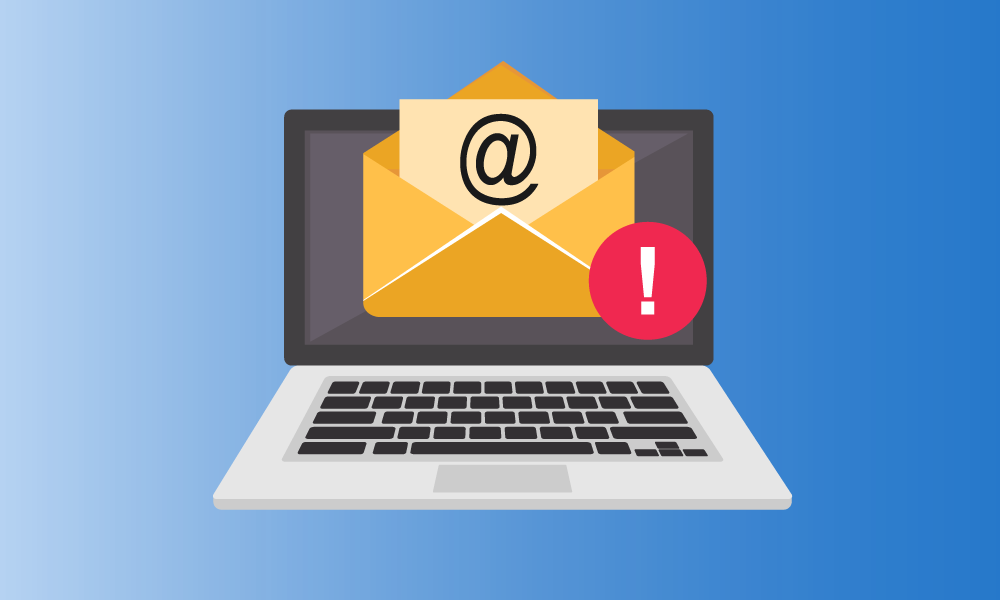Email bounce is a common occurrence in email marketing campaigns, and understanding its different types is crucial for maintaining a healthy email deliverability rate. One type of bounce is the "hard bounce," which can have a significant impact on your email marketing efforts. In this comprehensive guide, we will explore what a hard bounce is, why it happens, and how to handle it effectively. By gaining a thorough understanding of hard bounces, you can optimize your email campaigns, improve deliverability, and achieve better results.
What is a Hard Bounce?

A hard bounce refers to the failure of an email to be delivered to the recipient's inbox due to a permanent issue. Unlike a soft bounce, which is a temporary delivery failure, a hard bounce indicates a permanent problem with the email address or domain. When an email hard bounces, it is typically returned to the sender, and subsequent delivery attempts are not made.
Why Do Hard Bounces Occur?
There are several reasons why hard bounces occur. Understanding these reasons can help you identify and address the underlying issues. Here are some common causes of hard bounces:
1. Invalid Email Address
A hard bounce can occur if the recipient's email address is invalid or doesn't exist. This could be due to a typo in the email address, the recipient closing or abandoning the email account, or the email address being deactivated or deleted.
2. Non-Existent Domain
If the domain in the email address doesn't exist, or if the domain's DNS (Domain Name System) records are misconfigured or nonexistent, the email will hard bounce. This can happen if the recipient mistypes their email address or if the domain is no longer active.
3. Blocked or Blacklisted Email Address
If the recipient's email address or domain is blocked or blacklisted by the receiving email server, any emails sent to that address will hard bounce. Blacklisting can occur due to spam complaints, suspicious activity, or violating email service provider policies.
4. Server or Network Issues
Technical issues with the recipient's email server or network can also lead to hard bounces. This could be due to server downtime, network connectivity problems, or server misconfigurations.
How to Handle Hard Bounces Effectively

Handling hard bounces effectively is crucial for maintaining a healthy email deliverability rate and optimizing your email marketing campaigns. Here are some strategies to help you handle hard bounces:
1. Regularly Clean Your Email List
Perform regular email list maintenance to identify and remove invalid or inactive email addresses. Use email verification services or tools to check the validity of email addresses and remove hard bouncing addresses from your list.
2. Implement Double Opt-In
Utilize a double opt-in process to verify the email addresses of new subscribers. This ensures that only valid and active email addresses are added to your list, reducing the chances of hard bounces.
3. Monitor Bounce Rates
Regularly monitor your email campaign's bounce rates to identify any increasing trends. High bounce rates can indicate underlying issues with your email list or email sending practices, requiring immediate attention.
4. Segment and Personalize Your Emails
Segment your email list based on user preferences, engagement levels, or demographics. By sending targeted and personalized emails to specific segments, you can reduce the likelihood of hard bounces and improve overall engagement.
5. Monitor and Resolve Blacklisting Issues
Regularly check if your email server or domain has been blacklisted. Monitor feedback loops and reputation monitoring services to identify and resolve any blacklisting issues promptly.
6. Consider Email Authentication
Implement email authentication protocols such as SPF (Sender Policy Framework) and DKIM (DomainKeys Identified Mail) to establish your domain's authenticity and improve email deliverability. These protocols can help reduce the chances of your emails being flagged as spam or experiencing hard bounces.
Commonly Asked Questions
1. Can a hard bounce be fixed?
A hard bounce cannot be fixed for the same email address. However, you can take steps to address the underlying issues that caused the hard bounce, such as removing the invalid email address from your list or resolving any server or network problems.
2. How do hard bounces affect email deliverability?
Hard bounces can have a negative impact on email deliverability. High bounce rates can signal poor list hygiene or email sending practices to email service providers, potentially leading to lower deliverability rates or being marked as a sender of spam.
3. Should I continue sending emails to addresses that hard bounce?
No, it is not recommended to continue sending emails to addresses that consistently hard bounce. Continuing to send emails to invalid or inactive email addresses can harm your sender reputation and deliverability rates. Remove hard bouncing addresses from your list to maintain a healthy email marketing campaign.
4. Is it normal to have some hard bounces in email campaigns?
It is normal to experience some hard bounces in email campaigns due to factors beyond your control, such as recipient email addresses becoming invalid over time. However, a consistently high hard bounce rate indicates a need for email list maintenance and improved email sending practices.
Conclusion
Understanding the meaning and impact of email hard bounces is essential for maintaining a healthy email deliverability rate and optimizing your email marketing campaigns. A hard bounce signifies a permanent failure in delivering an email due to issues such as invalid email addresses, non-existent domains, blocked or blacklisted email addresses, or server and network problems. Handling hard bounces effectively involves regular email list cleaning, implementing double opt-in processes, monitoring bounce rates, segmenting and personalizing emails, resolving blacklisting issues, and considering email authentication protocols.
By addressing hard bounces, you can improve deliverability, maintain a positive sender reputation, and enhance overall engagement with your email audience. Remember, a proactive approach to managing hard bounces is key to achieving better results and maximizing the effectiveness of your email marketing efforts.



